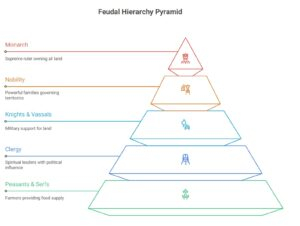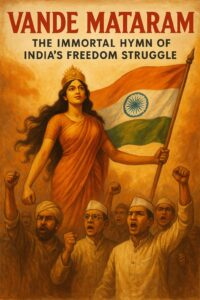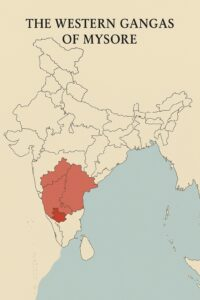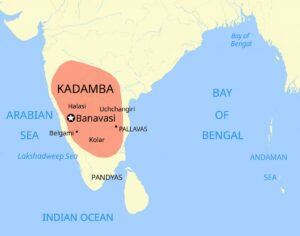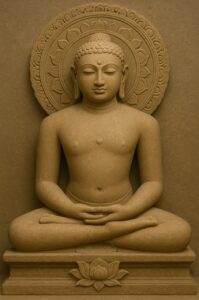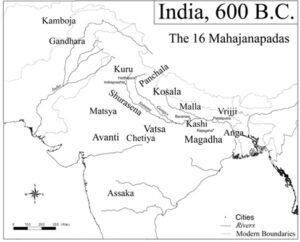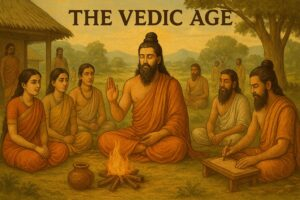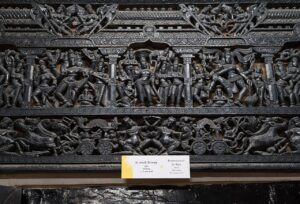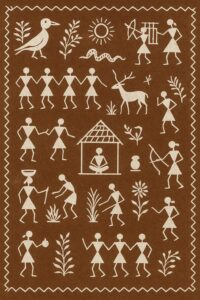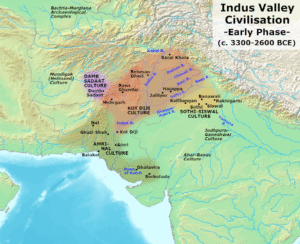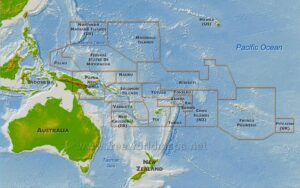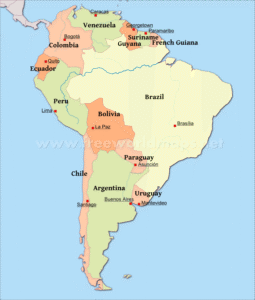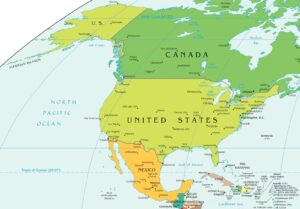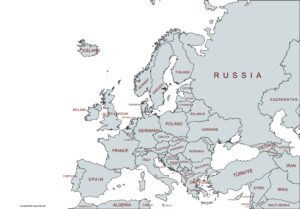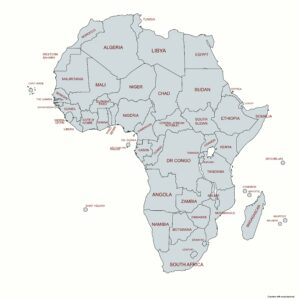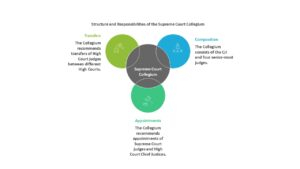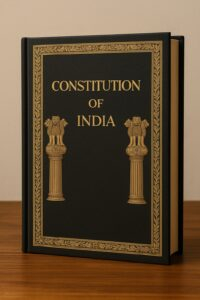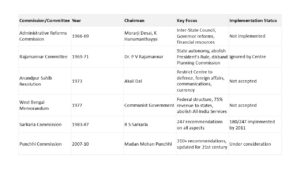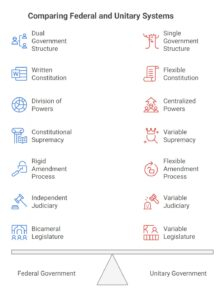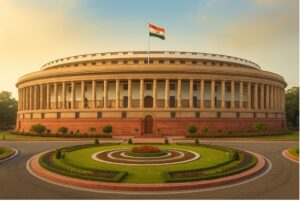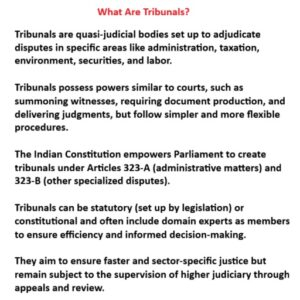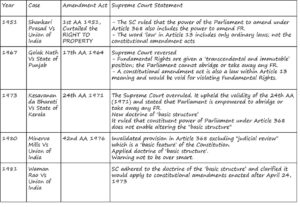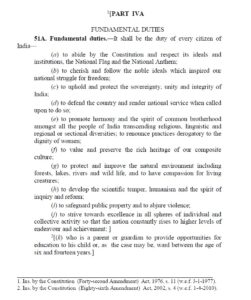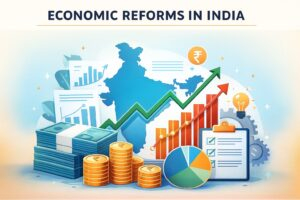Saturday, December 27, 2025
Simplified UPSC
SIMPLIFY-STUDY-SUCCEED
Join our WhatsApp group for daily updates, static quizzes, and much more!
LATEST
HISTORY
GEOGRAPHY
INDIAN POLITY
INDIAN ECONOMY
ENVIRONMENT
Daily Static Quiz (Environment) Dec 20, 2025 Question 1 With reference to chemical processes occurring in water bodies, consider the ...
Project Tiger: Project Tiger stands as one of India's most ambitious and globally recognized wildlife conservation initiatives. Launched on April 1, 1973, ...
ICAR’s Gene-Edited Rice Controversy Main takeaway: ICAR’s gene-edited rice lines Pusa DST-1 and DRR Dhan 100 (Kamala), projected as “global ...
Daily Static Quiz (Environment) Dec 13, 2025 Question 1 Consider the following statements regarding an international organization that publishes the ...
Daily Static Quiz (Environment) Dec Question 1 Which of the following statements regarding Ramsar sites in Tamil Nadu are correct? ...
Operation Sagar Bandhu: India's Swift Response to Cyclone Ditwah in Sri Lanka Operation Sagar Bandhu is India's humanitarian assistance and disaster ...
Daily Static Quiz (Environment) Nov 29, 2025 Q.1 Consider the following tiger reserves in India: Nagarjunsagar-Srisailam Tiger Reserve Manas Tiger Reserve ...
Daily Static Quiz (Environment) Nov 22, 2025 QUESTION 1 Among the following United Nations Climate Change Conferences (COPs), which one ...
Daily Static Quiz (Environment) Nov 15, 2025 Question 1: Consider the following statements: The Neotropical realm has more tropical rainforest ...
Global Climate Risk Index: The Global Climate Risk Index (CRI) is a retrospective, quantitative assessment that ranks countries based on their vulnerability ...


